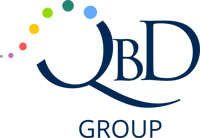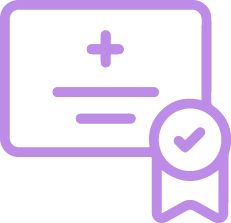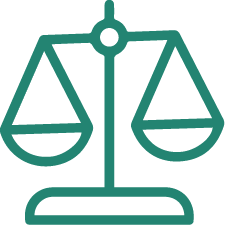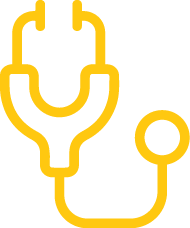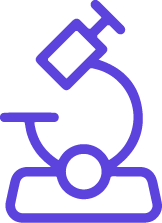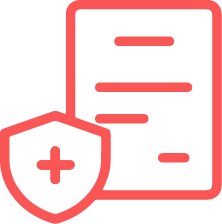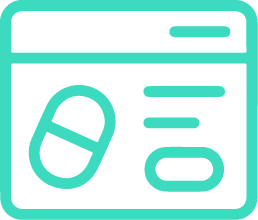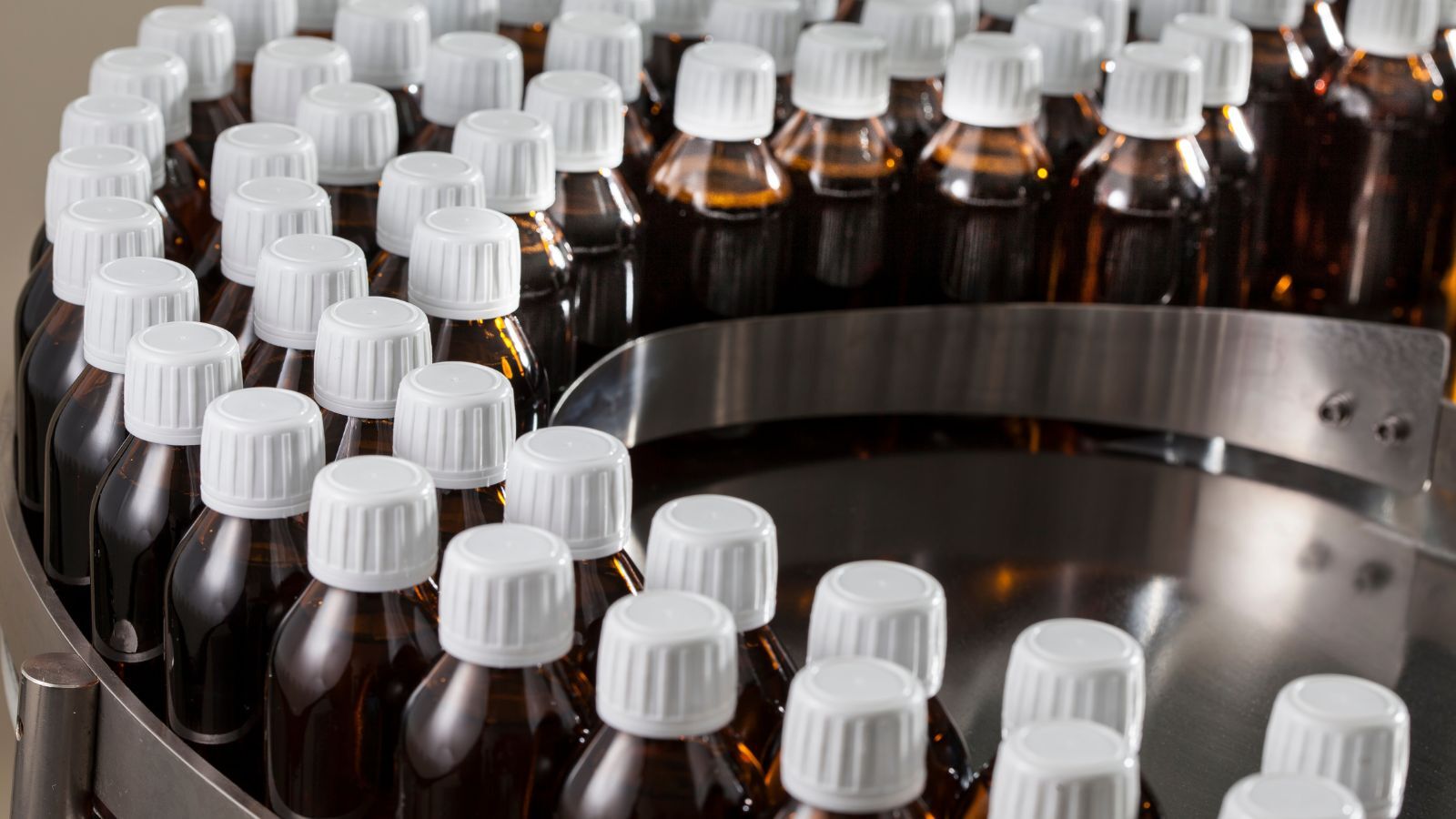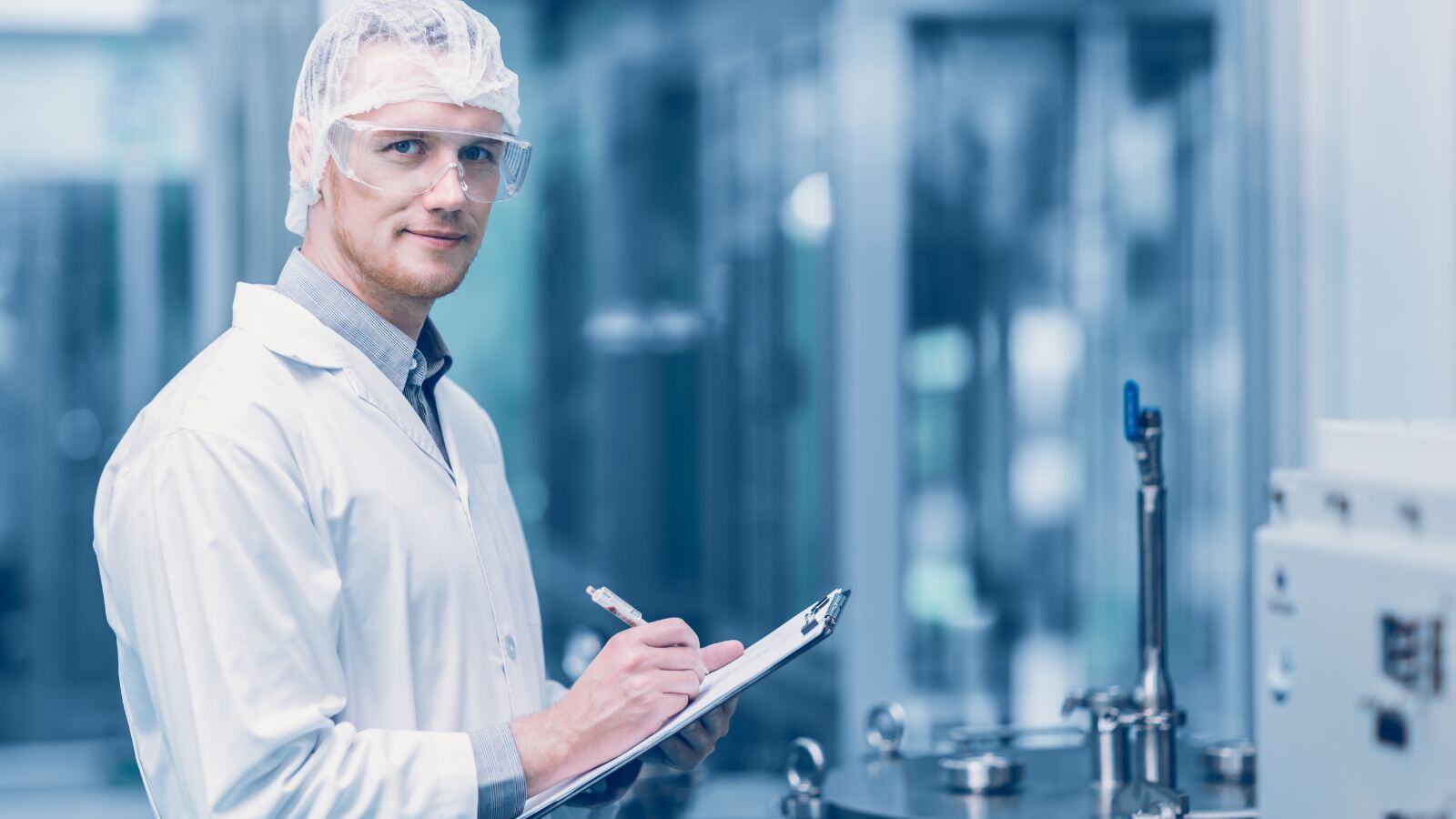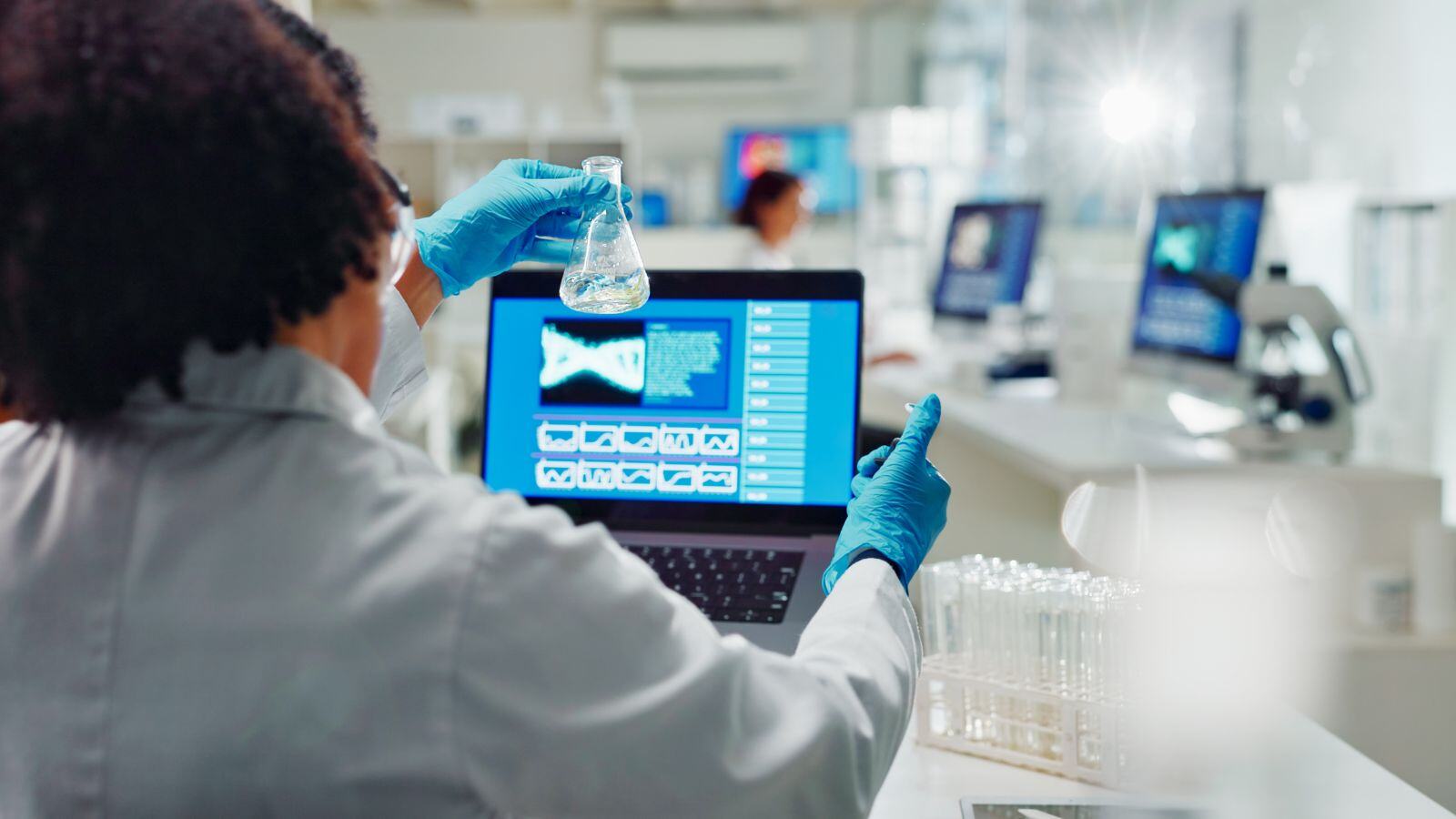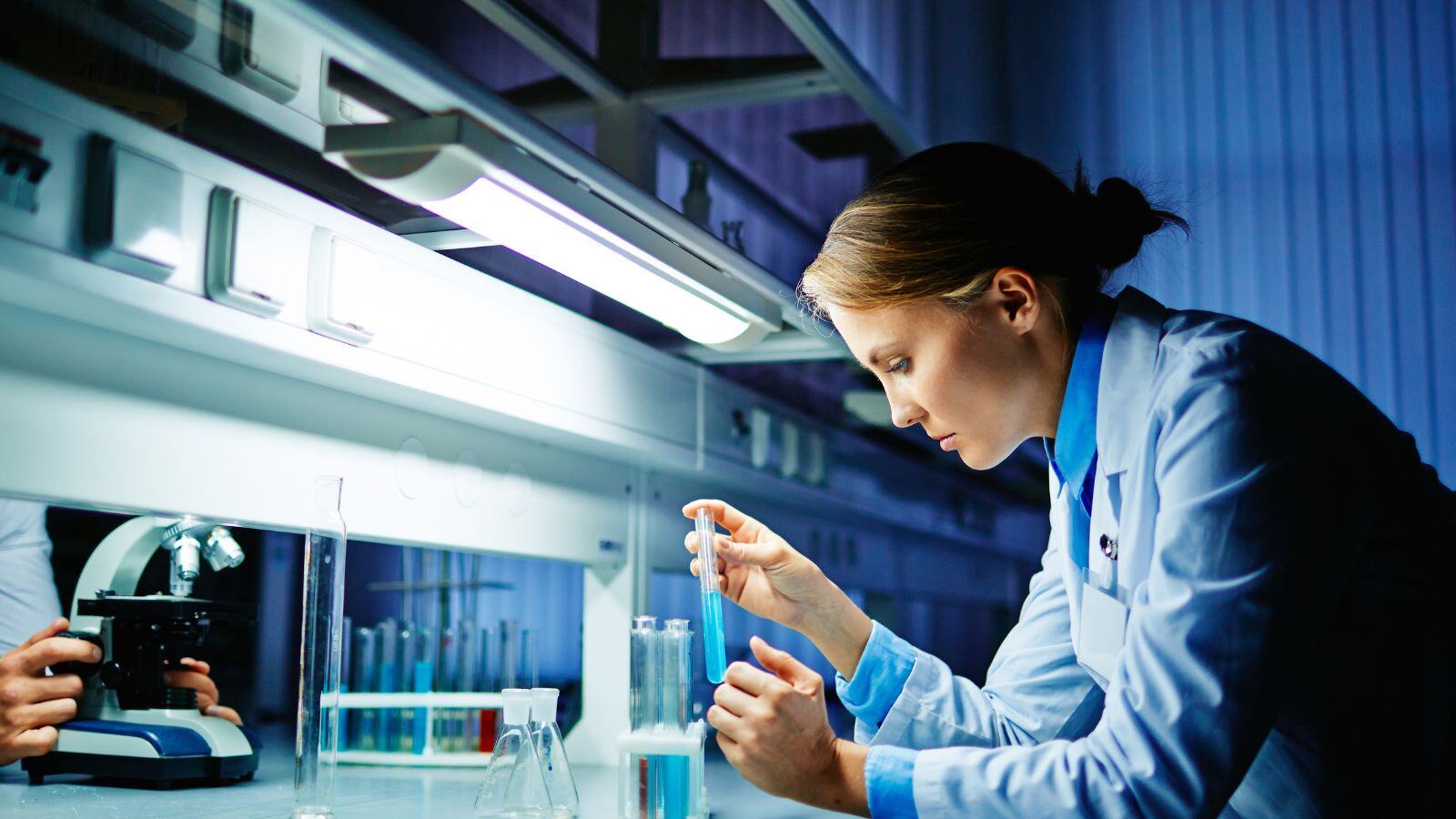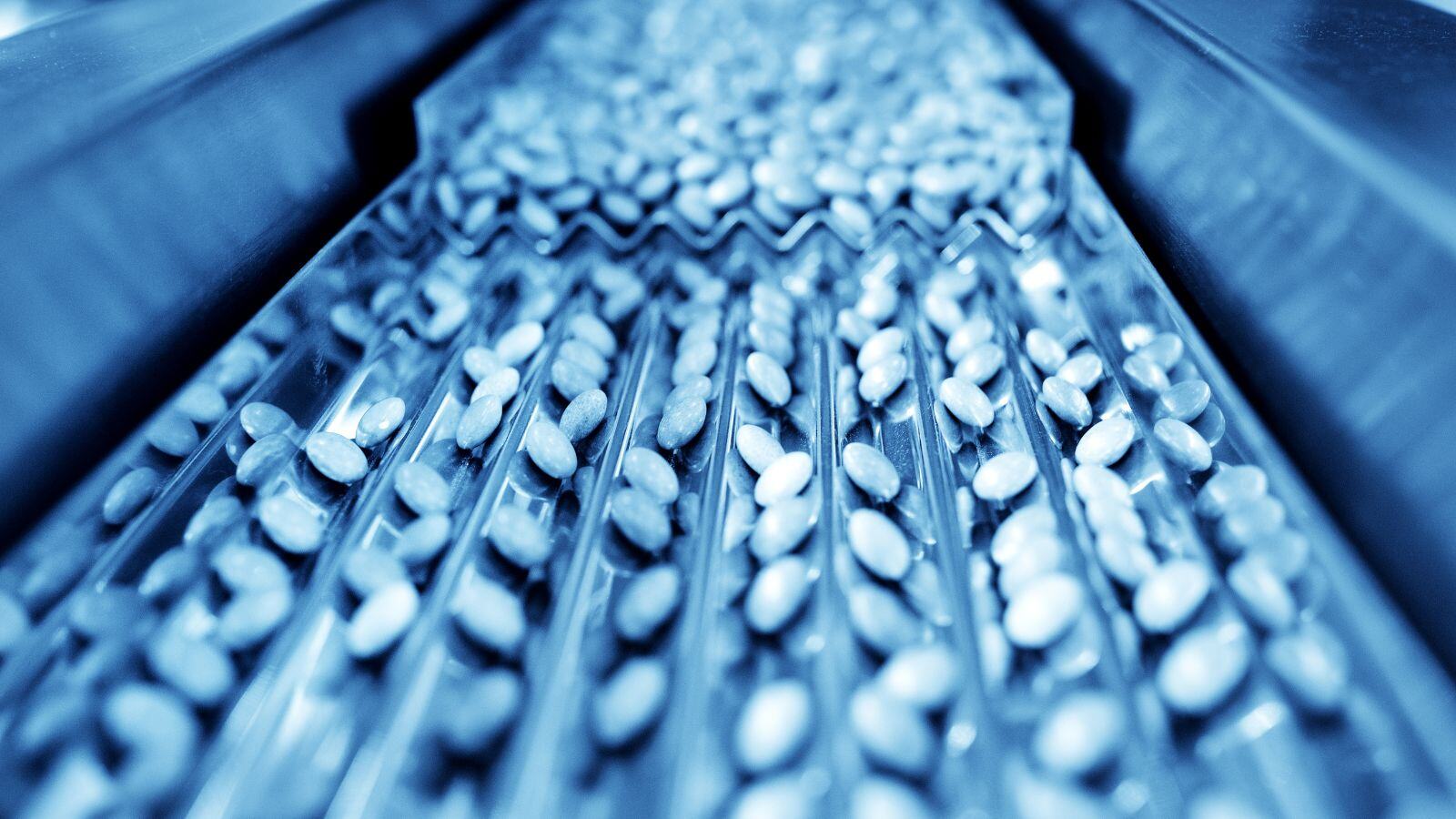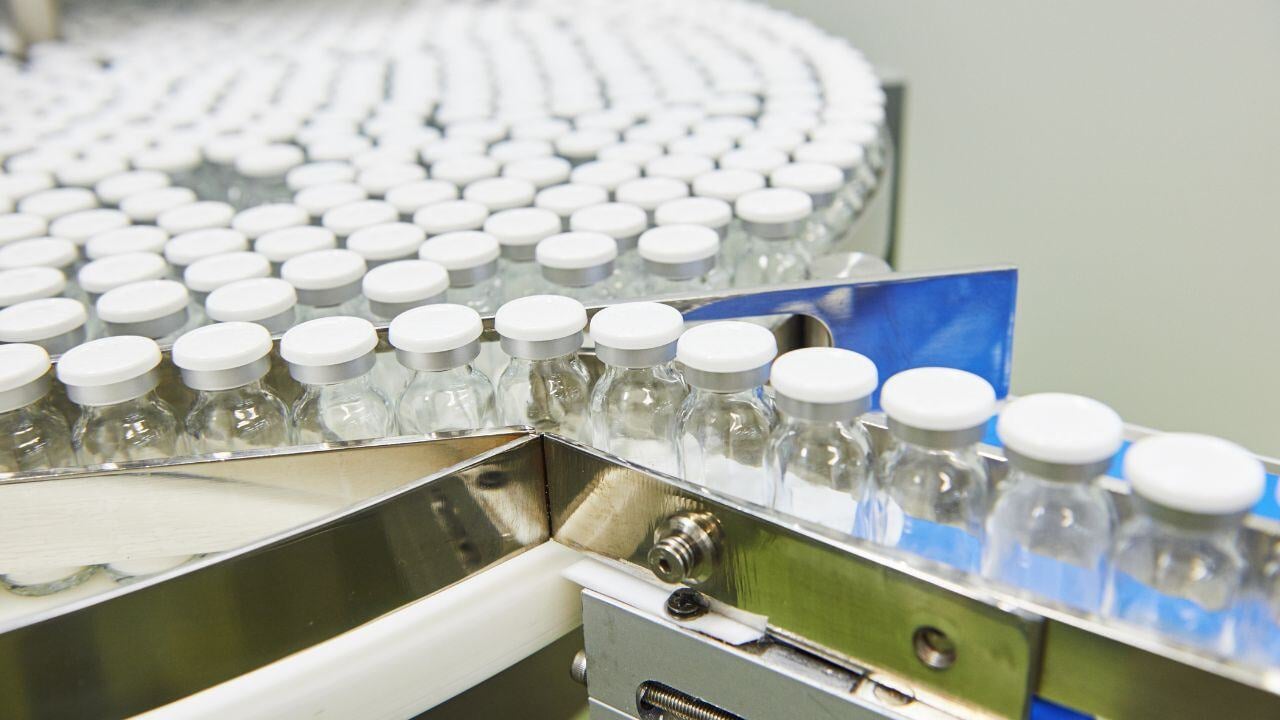Cleaning validation plays a vital role in safeguarding patient health — particularly in multiproduct pharmaceutical manufacturing, where equipment is often reused across different production batches. To maintain product quality and avoid cross-contamination, it's crucial to ensure that residues from previous products or cleaning agents are thoroughly removed.
To confirm that cleaning procedures meet regulatory and safety requirements, cleaning validation is performed. This blog outlines the key elements of cleaning validation in pharma, and how you can implement a risk-based, cost-effective strategy using grouping and worst-case selection.
We’ll answer key questions like:
- What types of contamination can occur?
- Which cleaning and sampling methods should you use?
- How do you determine API recovery?
- What belongs in a cleaning validation protocol and report?
We’ll also guide you through grouping equipment and selecting worst-case scenarios to streamline your process — without compromising on quality or compliance.
Types of contamination in cleaning validation
Before diving into cleaning procedures, it’s important to understand what types of contamination cleaning validation aims to control. Contamination can come in various forms — each with different risks and challenges — and identifying them is a key step in developing an effective validation strategy.
Cross-contamination with active ingredients
This occurs when a residual active ingredient from a previous batch contaminates a subsequent product batch at a significant level.
Contamination with other known or unknown materials
This includes contamination with dust, lubricants, equipment parts, or cleaning agents.
Microbiological contamination
This type of contamination is caused by microorganisms due to inadequate cleaning, maintenance, or storage conditions, allowing microbial growth on manufacturing equipment.
Cleaning methods
Once potential contaminants are identified, the next step is selecting the appropriate cleaning method. The choice depends on the equipment design, the type of residue, and the required level of cleanliness.
Here are the most commonly used cleaning methods in pharmaceutical manufacturing:
CIP (Cleaning-in-place)
Automated cleaning of interior surfaces such as vessels, pipes, and filters without major disassembly. Spray nozzles can be used for large surface areas. The final rinse should be performed with water of at least the same quality as the water used in production.
COP (Cleaning-out-of-place)
This involves removing equipment from its usual location for cleaning at a washing station. Dry cleaning on-site is important to minimize product residue in the wash area. Cleaning at the station can be done manually or automatically.Manual cleaning
Manual cleaning is performed by trained personnel using tools such as brushes. This method is often used for equipment that cannot be cleaned via CIP or COP.
Cleaning validation approach
Sampling methods
To confirm that equipment has been cleaned effectively, representative sampling is essential. Sampling helps detect any residual contaminants and forms the basis of cleaning validation data. Two standard methods are used, each with its advantages depending on the situation:
Swab Sampling
A swab coupon is used to sample equipment surfaces. For flat surfaces, sampling is typically performed horizontally and vertically over a defined area (e.g., 100 cm2). Hard-to-reach areas, including crevices and joints, should also be sampled. The swab is placed in a test tube with solvent, which is then processed to dissolve any present API and analyzed in the lab.
Rinse Sampling
Rinse sampling allows coverage of larger surface areas and is ideal for equipment that cannot be easily disassembled. A sample is taken from the final rinse water or from a bulk rinse after the cleaning process. The sample is then analyzed for contaminants.
How to calculate cleaning validation limits (MACO)
Establishing appropriate acceptance limits is a critical part of any cleaning validation strategy. The Maximum Allowable Carryover (MACO) defines how much residue is acceptable on equipment surfaces after cleaning, ensuring that cross-contamination risks remain within safe boundaries.
- MACO formula: MACO (mg) = (PDE * Minimum batch size of next product) / (Safety factor * Maximum daily dose of next product)
- Swab limit (mg/swab): MACO / Surface area * Swab area
- Rinse limit (mg/rinse): MACO / Rinse volume
Swab recovery
Even the most careful sampling techniques may not recover 100% of surface residues. That’s why the swab recovery factor is used — to account for any losses during the sampling process.
Determining this factor ensures that results from swab samples reflect an accurate estimate of residue levels. The Recovery Factor is determined by spiking plates with API, swabbing them, and comparing the extracted concentrations with a known standard.
Analytical methods
Once samples are collected, accurate analytical testing is required to detect even trace levels of contaminants. The methods must be validated in advance to ensure reliable and reproducible results.
Common techniques include:
- HPLC (High-Performance Liquid Chromatography)
- GC (Gas Chromatography)
- HPTLC (High-Performance Thin-Layer Chromatography)
- UV Spectroscopy
Cleaning validation protocol
A structured and well-documented protocol is the foundation of any successful cleaning validation. It ensures consistency and clarity in execution, analysis, and reporting.
The cleaning validation protocol should contain:
- The objective of the cleaning validation
- Roles and responsibilities for execution and approval
- Equipment description
- Cleaning procedure or SOP reference
- Number of cleaning cycles
- Monitoring equipment details
- Sampling procedure and rationale
- Sampling locations
- Analytical methods
- Acceptance criteria and limits
- Product grouping and worst-case matrix
Cleaning validation report
The validation process concludes with a report summarizing all findings and outcomes. This document serves as the formal record that the cleaning process meets all required criteria.
The report should include:
- Time between production end and cleaning start
- Sample analysis results and compliance with acceptance criteria
- Final conclusion
Grouping and worst-case selection in cleaning validation
Cleaning validation can quickly become resource-intensive, especially in facilities with a wide range of products and equipment. Grouping and worst-case selection help streamline the process without compromising on safety or compliance.
Grouping of equipment and materials
Grouping of equipment
For the grouping of equipment, equipment should be “similar” or “identical”. What does “similar” or “identical” equipment mean?
It means that:
- The equipment consists of the same design and number of equipment parts
- The equipment parts consist of the same materials
To be able to group equipment, besides the items mentioned above, the following items must be applicable:
- The same manufacturing process takes place on the equipment
- The equipment is used for the same product range
- The cleaning procedure is the same for the equipment
Grouping of materials
Equipment parts can be grouped when made from the same materials (e.g., stainless steel 316) and share surface roughness characteristics.
Worst-case product selection
Worst-case APIs (Active Pharmaceutical Ingredient) are typically those that combine multiple challenging characteristics: low solubility in water, a low PDE value, high potency, and resistance to standard cleaning methods.
When selecting worst-case products, don't overlook excipients and spray solutions. In some cases, these substances are even more difficult to remove than the active ingredients themselves and can pose significant cleaning challenges.
Worst-case sampling locations
After grouping materials, the next step is identifying worst-case sample locations. This involves selecting equipment parts made from the grouped material (e.g., stainless steel) that are known to be more challenging to clean.
These typically include hard-to-reach areas such as joints, crevices, or narrow connections that pose a higher risk of residue retention. — e.g., joints, crevices, or components made from the least cleanable materials.
Need support with cleaning validation?
Cleaning validation is a cornerstone of pharmaceutical quality assurance, especially in multiproduct manufacturing. By grouping equipment and materials and identifying worst-case products and sample locations, you can develop a risk-based, efficient, and cost-effective cleaning validation strategy.
Looking for expert support to set up or streamline your cleaning validation approach? Need help executing protocols or compiling compliant PDE reports?
Contact us today — our experts are ready to assist you at every step of the process.
